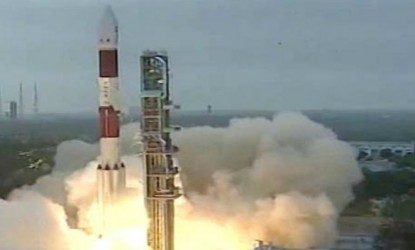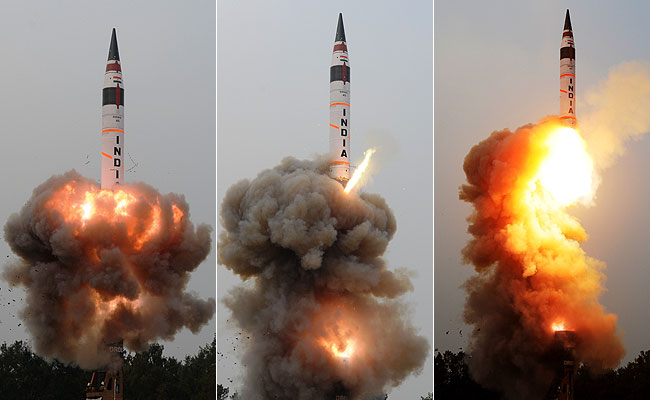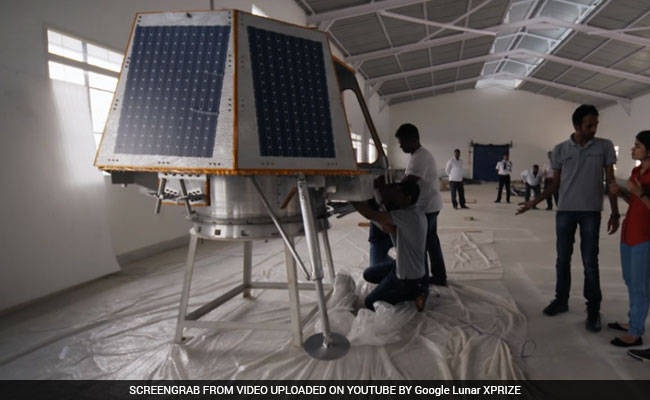ISRO successfully deploys RESOURCESAT-2A satellite

The Indian Space Research Organization (ISRO) has successfully launched and deployed the RESOURCESAT-2A earth observation and remote sensing satellite in polar sun synchronous orbit.
Earlier today, ISRO’s Polar Satellite Launch Vehicle, the PSLV-XL took off from Sriharikota, at 10:25am, with a payload of 321 tonne. 18 minutes into the launch, i.e., at 10.43 am, the four stage rocket deployed the 1.24 tonne RESOURCESAT-2A satellite in an 817km polar sun synchronous orbit.
The latest satellite is a follow up to the 2011 launched RESOURCESAT-2 satellite. It is solar powered and placing it in the sun synchronous orbit allows the satellite to be always exposed to the sun, thereby remaining in power.
Based on the three imaging component payloads, RESOURCESAT-2A will continue transmission of remote sensing data to the global users.
The payloads include a Linear Imaging Self Scanner camera (LISS-4), which uses 3 spectral bands in Visible and Near Infrared Region (VNIR) with 5.8m spatial resolution of the imagery. The 2nd payload is an LISS-3 camera operating in 3 bands in VNIR and 1 band in Short Wave Infrared Region (SWIR), with 23.5m spatial resolution. The 3rd payload is the Advanced Wide Field Sensor (AWiFS) with the same operation bands as the LISS-3 and 56m spatial resolution.
In complement to the imaging resource payloads, the RESOURCESAT-2A satellite includes 2 Solid State Recorders with 200 Gigabit capacity, each. These will be used to store imaging data and rely on to control centres back on Earth. The RESOURCESAT-2A will be in operation for 5 years, and has a similar format of payloads and operating method as its predecessor, the RESOURCESAT-2. For the first time, a camera was put aboard the PSLV-XL rocket, which gave a feed of the satellite launch and solar panel deployment, during launch.






